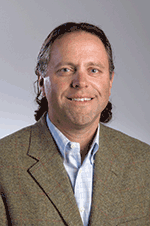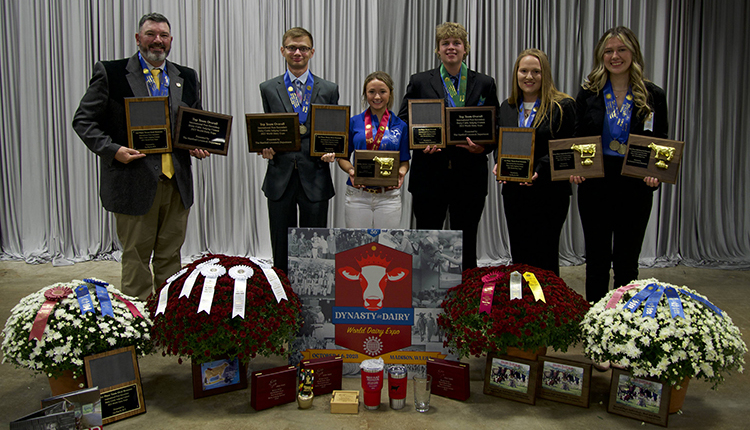Most dairies have three enterprises on-farm: cows, cropping and heifers. Within this subset, the cost of raising replacements also accounts for one of the top three costs of producing milk. At the Tri-State Dairy Nutrition Conference, Greg Bethard, with G & R Dairy Consulting, discussed common inefficiencies in heifer raising programs and how to determine if you are efficiently replacing your herd.
"All operations need to capture their costs of raising replacements. There are consequences to having too many heifers," began Bethard. For each operation, heifer reproduction will determine the number of days they're on feed and the overall cost of bringing that animal into the milking herd. More importantly, Bethard added, the heifer does not determine heifer reproduction – the people managing the program determine it.
On a per hundredweight basis, the cost to raise replacements is dropping; it now ranks third amongst the top costs of producing milk. Bethard also noted that heifer feed cots do not belong in the feed cost per hundredweight metric; they must be allocated to their own account.
 Bethard then detailed seven inefficiencies commonly seen in heifer rearing programs:
Bethard then detailed seven inefficiencies commonly seen in heifer rearing programs:
Finally, Bethard highlighted three items from his presentation that every dairy should be doing:If you would like to read more about Dairy Management click this link.

The author, Amanda smith, was an associate editor and is an animal science graduate of Cornell University. Smith covered feeding, milk quality and heads up the World Dairy Expo Supplement. She grew up on a Medina, N.Y., dairy, and interned at a 1,700-cow western New York dairy, a large New York calf and heifer farm, and studied in New Zealand for one semester.
"All operations need to capture their costs of raising replacements. There are consequences to having too many heifers," began Bethard. For each operation, heifer reproduction will determine the number of days they're on feed and the overall cost of bringing that animal into the milking herd. More importantly, Bethard added, the heifer does not determine heifer reproduction – the people managing the program determine it.
On a per hundredweight basis, the cost to raise replacements is dropping; it now ranks third amongst the top costs of producing milk. Bethard also noted that heifer feed cots do not belong in the feed cost per hundredweight metric; they must be allocated to their own account.
 Bethard then detailed seven inefficiencies commonly seen in heifer rearing programs:
Bethard then detailed seven inefficiencies commonly seen in heifer rearing programs:- Too many days on feed – This is tied directly to heifer reproduction and your distribution of age at first calving.
- Poor feed conversion – Excessive maintenance costs will be incurred with poorer quality ingredients.
- High death rates – Cattle that die do not have a salvage value.
- Removing poor doers late in the game – Culling older heifers comes at a cost to the enterprise; the investment in raising them is much larger than if they had been removed earlier on.
- Not having access to heifer forages – If feeds better suited for a heifer ration are not available, you need to question if having a replacement enterprise makes sense.
- Feeding things that heifers don't need.
- Focusing on ingredients versus the complete ration.
Finally, Bethard highlighted three items from his presentation that every dairy should be doing:
- Minimize wasting feed on inefficient animals
- Remove poor doers early
- Realize that some heifers will become "do not breeds" and cull those with reproductive problems. His targets for this are Holstein heifers that are less than 52 inches by 400 days and any cattle that are open at 500 days.

The author, Amanda smith, was an associate editor and is an animal science graduate of Cornell University. Smith covered feeding, milk quality and heads up the World Dairy Expo Supplement. She grew up on a Medina, N.Y., dairy, and interned at a 1,700-cow western New York dairy, a large New York calf and heifer farm, and studied in New Zealand for one semester.








